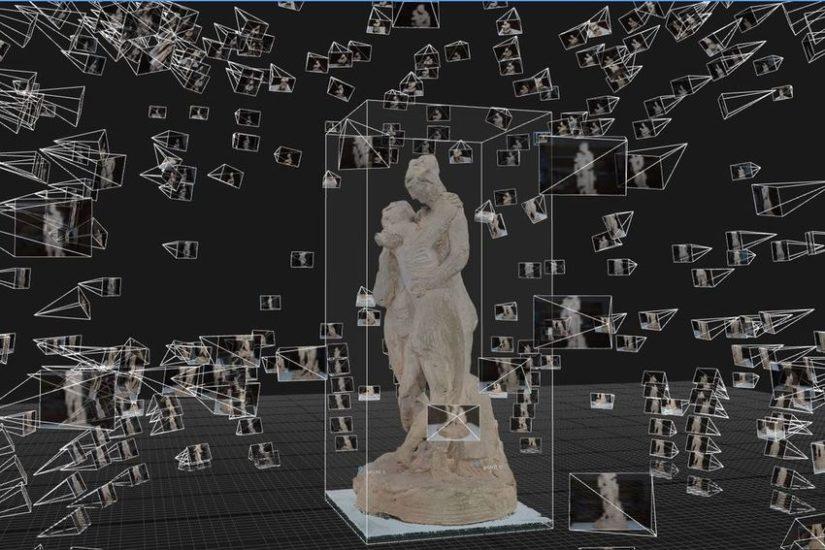Home » Technology »
Charting New Territory with UAV Photogrammetry

There are many emerging uses for unmanned aerial vehicles (UAVs), from firefighting to emergency rescues, military operations, and even cloud-seeding to produce rain. Photogrammetry may be one application that has, until now, flown under the radar of the UAM industry and public awareness.
What is photogrammetry?
The American Society for Photogrammetry and Remote Sensing (ASSPRS) defines photogrammetry as “The art, science, and technology of obtaining reliable information about physical objects and the environment, through processes of recording, measuring, and interpreting imagery and digital representations of energy patterns derived from noncontact sensor systems.”
That’s a sophisticated way of saying drones are being used for three-dimensional (3-D) mapping and imaging of physical structures, urban and remote terrain.
By taking aerial photographs of a site from at least two different locations, e.g. different lines of sight, UAV operators and their clients can use the coordinates they’ve gleaned to produce 3-D coordinates of the site or object. The process, known as triangulation, results in data that everyone – from building engineers and city planners to geologists and forest planners – can use to more accurately and efficiently perform their work compared to previous aerial photography methods.
Writing in Forest Management and Planning, researchers from Humboldt State University in California, Mississippi State University in Mississippi, and the University of Georgia Athens, published their work on Science Direct. “Aerial photogrammetry is technically a subset of remote sensing that primarily involves visible light waves in the electromagnetic spectrum,” the authors wrote. “There are some excellent uses in the near-infrared applications as well. Aerial photography is perhaps the most widely used method for creating geographic databases in forestry and natural resource management. Interpretation techniques that involve geometry, trigonometry, optics, and familiarity with natural resources can allow us both to identify and estimate the size, length, or height of objects on the ground.”
To accomplish this, aerial photogrammeters need vertical aerial images (with an axis no more than 3° from vertical) and, usually, a pair of stereoscopic (overlapping) images. Photogrammeters can also sometimes use computers to correct older images taken from earlier aerial photographs and then analyze them using modern computing to enhance older images.
The two most common usages of photogrammetry are interpretative and metric, according to Take Off Professionals, who transform the data they collect into 3-D models to facilitate operations for commercial sites, roadwork and highway construction, and residential construction.
Interpretative photogrammetry aids in identifying objects and gathering data about them, which can be analyzed using computer applications to glean specific, useful data.
Metric photogrammetry yields measurements that are key to planimetric and topical mapping.
Using archival images and newer, digital ones, forest planners and urban developers can pair or overlay the images to create more-accurate, up-to-date renderings of the subject space. Oceanographers can use photogrammetry to detect changes in the oceans and seas below their UAVs to gather and study the effects of climate change on sea levels, deep-sea geological changes, and variations in ocean plant and animal life. They can then extrapolate that data to make predictions about the shifts they’ve observed and, working with other scientists and governments, can literally and figuratively chart a course forward to help mitigate any adverse effects their research uncovers.
The list of useful applications for UAVs continues to expand, heralding not just a new strata of aviation, but the benefits UAVs will yield on the ground over which they fly.
Want to continue to stay up-to-date about the latest developments in the eVTOL industry? Subscribe to AeroCar Journal now. It’s FREE (for a limited time)! Join us on Twitter for the latest news, analysis, and insight about the eVTOL industry. AeroCarJ


